South Korea’s once-booming cryptocurrency market has entered a cooling phase, with trading activity and liquidity contracting sharply in the first half of 2025.
According to a joint report from the Financial Intelligence Unit (FIU) and the Financial Supervisory Service (FSS) released Tuesday, the combined market capitalization of digital assets held by domestic crypto operators fell 14% from the end of last year to 95.1 trillion won ($68.7 billion). Won-denominated deposits — a key gauge of available liquidity — tumbled 42% to 6.2 trillion won.
The data suggest that Korea’s crypto sector, long fueled by retail enthusiasm, is now taking a breather after a year of strong gains. Although Bitcoin rose 16% between December 2024 and June 2025 to about $107,000, global market capitalization dropped 7% to 4,473 trillion won amid renewed trade frictions and geopolitical tensions.
Trading Volume Shrinks, Market Breathes Out
Total crypto transaction volume across Korean exchanges reached 1,160 trillion won in the first half, down 14% from the previous six-month period. Daily average trading value across 17 exchanges declined 12% to 6.4 trillion won.
“The domestic market is in a ‘breathing period,’” the FIU noted, adding that while the number of users increased, market capitalization, trading volume, and profit margins all declined.
Coin-to-Coin Trading Gains Ground
A notable shift is occurring beneath the slowdown. While trading on won-based markets continues to fall, so-called “coin markets”—where investors swap tokens directly—have surged since January.
Though small in scale, the growth is striking: the coin market’s capitalization reached 489.6 billion won, just 0.5% of the total, but up nearly 300% from the previous half-year. Average daily trading value jumped 286% to 610 million won, contrasting with a 12% drop in won-based markets.
The report attributed the growth to the entry of new service providers and the diversification of trading products, even as mainstream liquidity remains concentrated in fiat pairs.
Volatility Still Triple That of Stocks
Despite the market’s slowdown, volatility remains intense. The average maximum drawdown — or peak-to-trough price drop — hit 72% in the first half, up from 68% in late 2024. That’s more than triple the volatility seen in the Kospi index (27%) and the tech-heavy Kosdaq (21%).
Won-based markets saw average price swings of 73%, compared with 52% in coin-to-coin markets. Assets listed only on domestic exchanges were the most unstable, with drawdowns of 77%, highlighting the higher risk profile of Korea’s smaller coins.
Capital Flows Abroad Under Travel Rule
Outbound transfers of crypto assets from domestic exchanges reached 101.6 trillion won in the first half, up 5% from late 2024. Transfers subject to the “travel rule”—which mandates disclosure of transactions above 1 million won between registered entities—totaled 20.2 trillion won, accounting for 20% of the total.
Roughly 10.3 million transactions were recorded, up 37% from the prior period, with 650,000 of them falling under travel rule compliance. Transfers to pre-registered foreign platforms and whitelisted private wallets rose 4% to 78.9 trillion won, suggesting an increase in overseas arbitrage or custody-related flows.
Small transfers under 1 million won represented just 2% of total outflows by value but made up 68% of all users — a sign that individual investors continue to store and manage assets across private wallets despite tighter oversight.
Cooling, Not Collapse
The semiannual survey covered 25 licensed virtual asset operators, including 17 exchanges and 8 custodians, based on self-reported data from January through June 2025.
The sharp drop in liquidity and capitalization signals consolidation rather than crisis — a pause in Korea’s retail-driven crypto market after years of runaway growth. Whether the market stabilizes or continues to contract will likely depend on global sentiment, policy clarity, and the next wave of institutional capital.










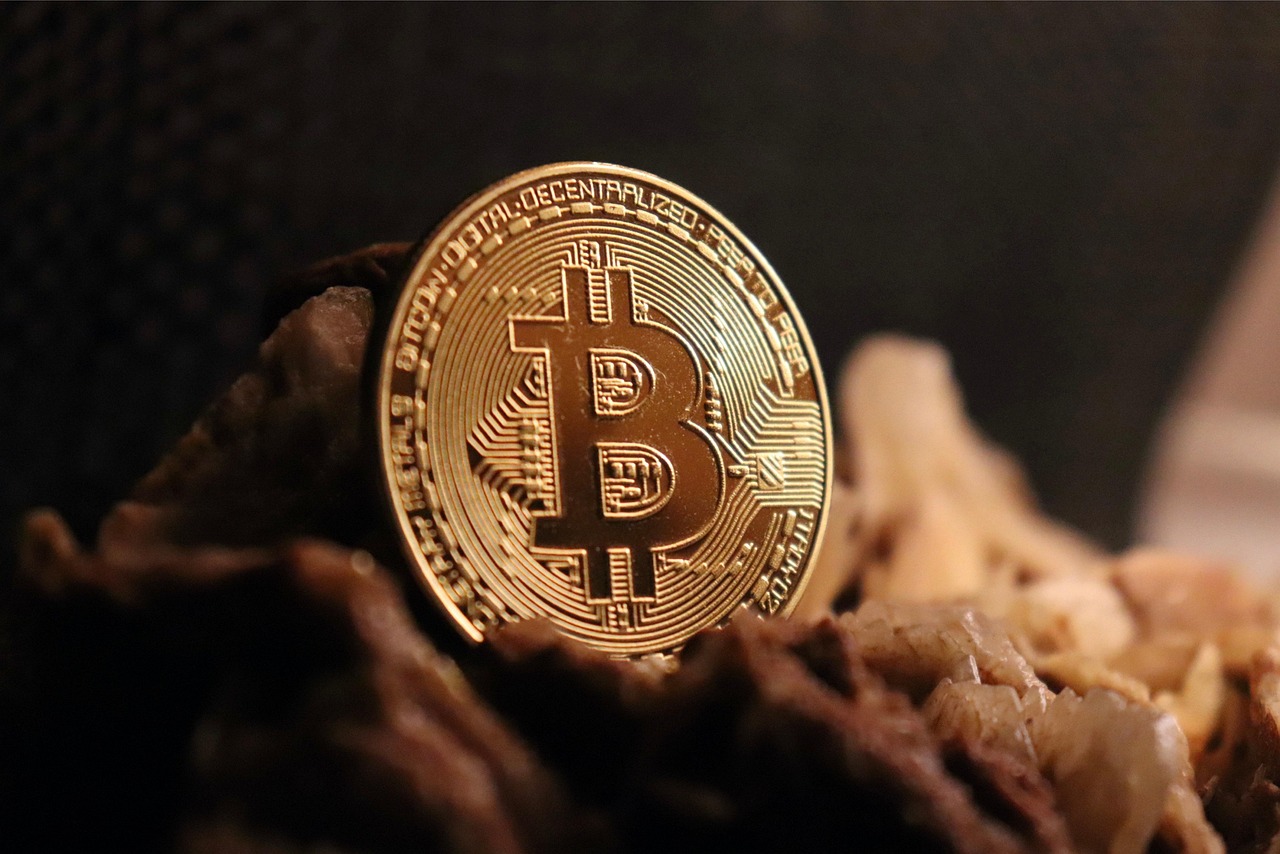

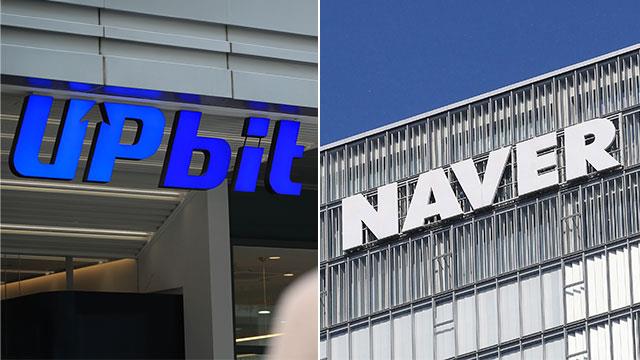



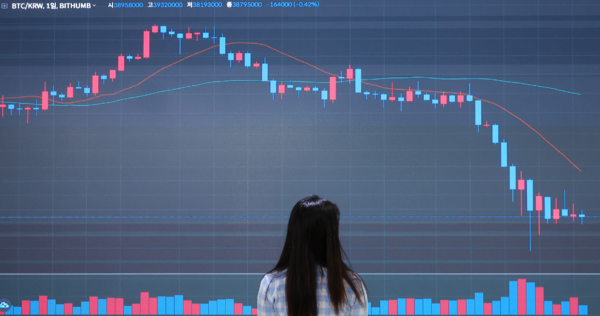
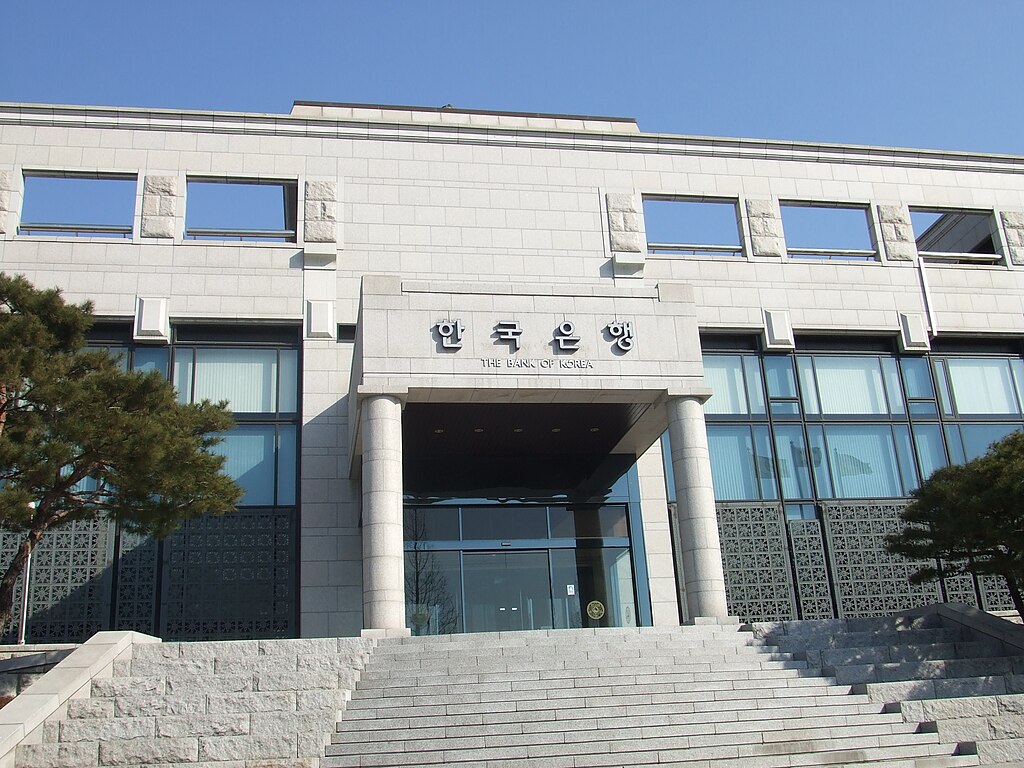





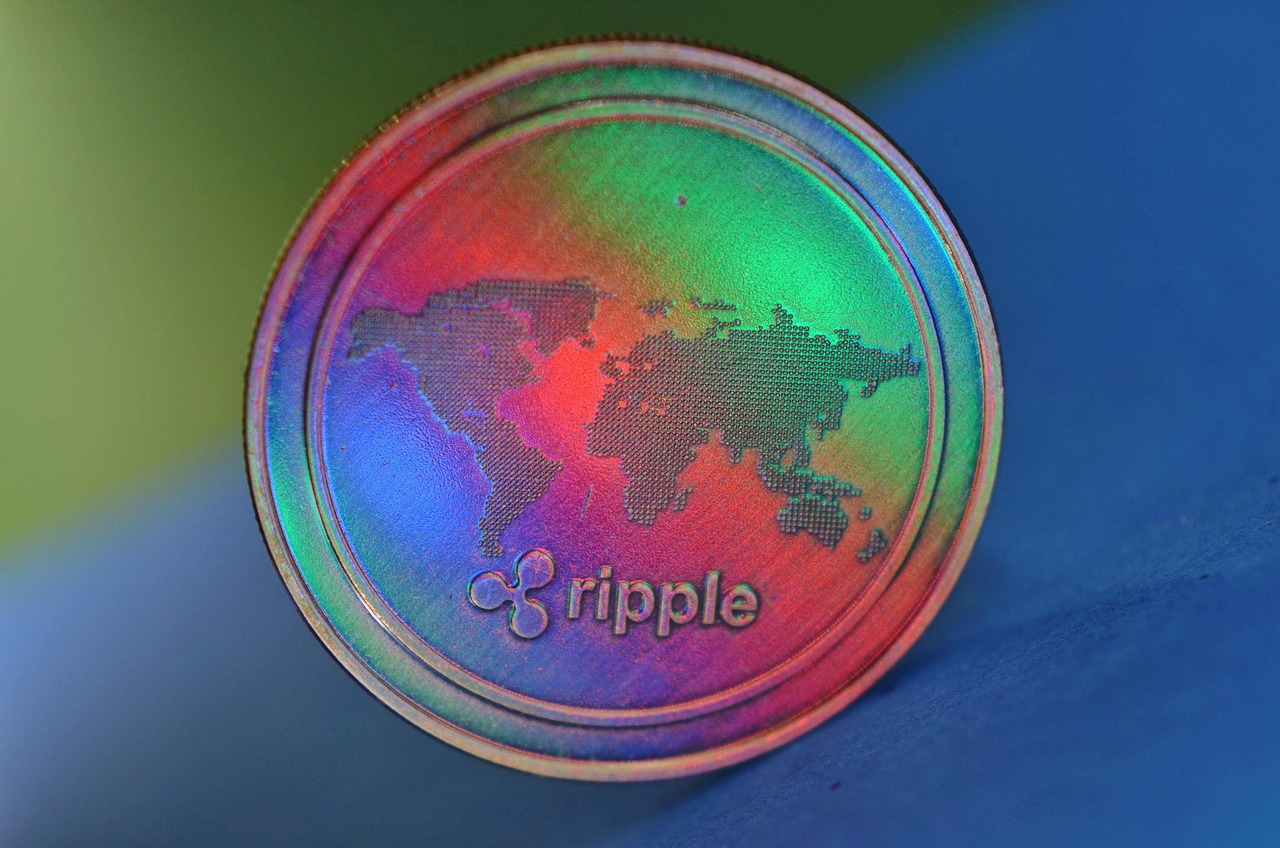



Comment 0